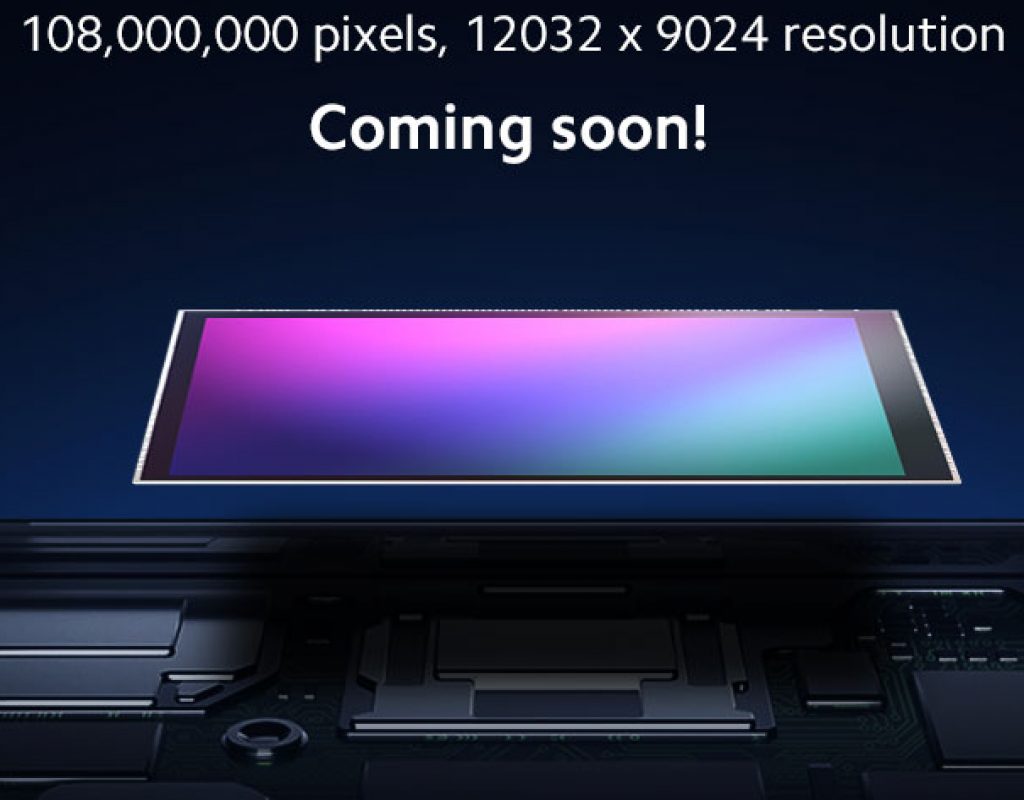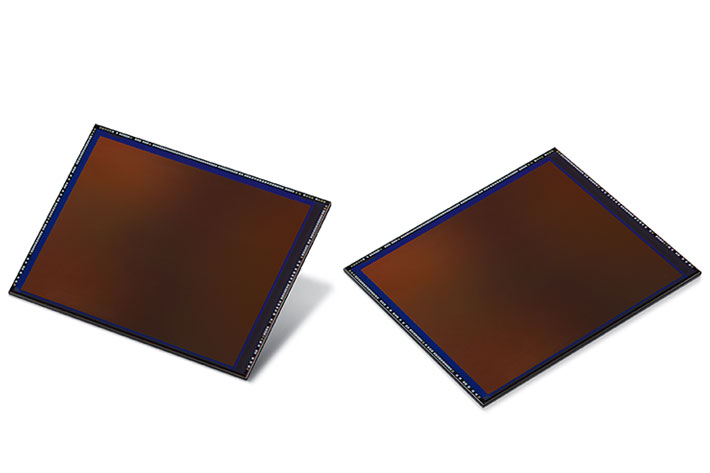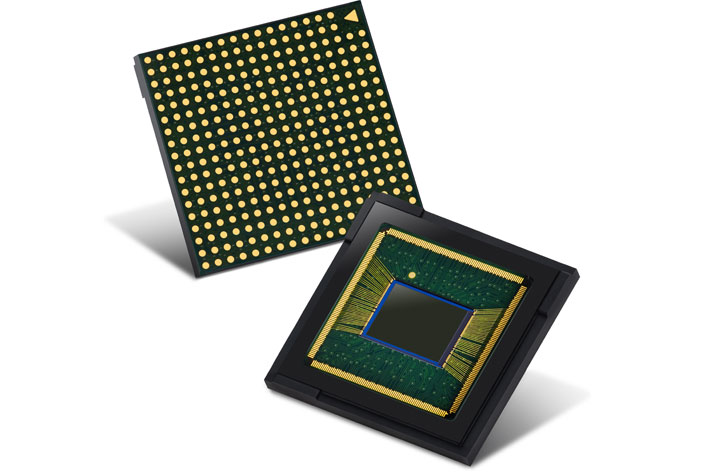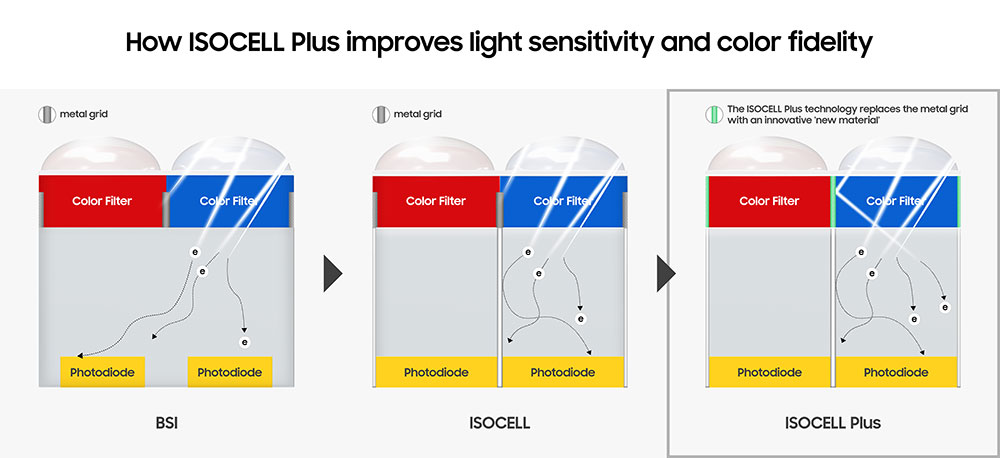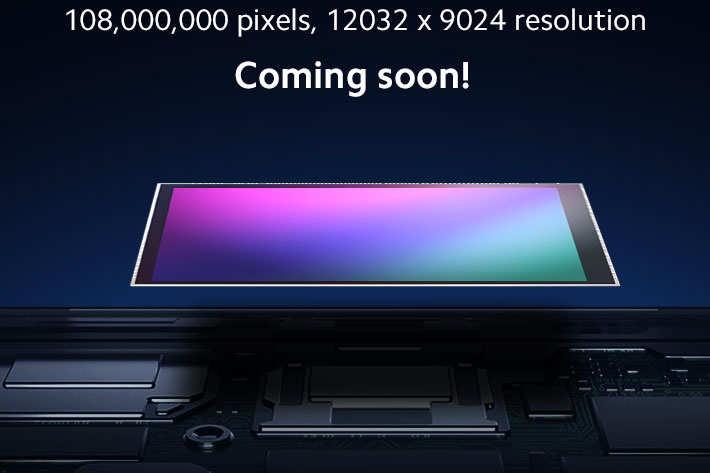
The next Xiaomi smartphone will have a 64 megapixel camera, thanks to Samsung, and the two companies announced a 108 megapixel sensor for smartphone cameras, able to shoot 6K video.
While Canon and Sony work on their sensors with two digits millions of pixels, for full frame cameras, Samsung annouces that it will launch, jointly with Xiaomi, the world’s first 100MP sensor using its Samsung ISOCELL Bright HMX technology. Not only that, it will be the first mobile image sensor to adopt a large 1/1.33-inch size. This image sensor can absorb more light in low-lit settings than smaller sensors and its pixel-merging Tetracell technology allows the sensor to imitate big-pixel sensors, by adding four pixels to create as bigger one, producing brighter 27 megapixel images.
Samsung says that “In bright environments, the Smart-ISO, a mechanism that intelligently selects the level of amplifier gains according to the illumination of the environment for optimal light-to-electric signal conversion, switches to a low ISO to improve pixel saturation and produce vivid photographs. The mechanism uses a high ISO in darker settings that helps reduce noise, resulting in clearer pictures.”
A 100MP smartphone sensor able to capture 6K video
Xiaomi will debut the Samsung 100MP sensor to offer smartphones with ultra high-resolution cameras. The 108MP sensor surpasses the 100MP mark for the first time ever in smartphone image sensors. It is also the world’s highest-resolution smartphone camera sensor, capable of producing photos with a resolution of 12032 x 9024 pixels.
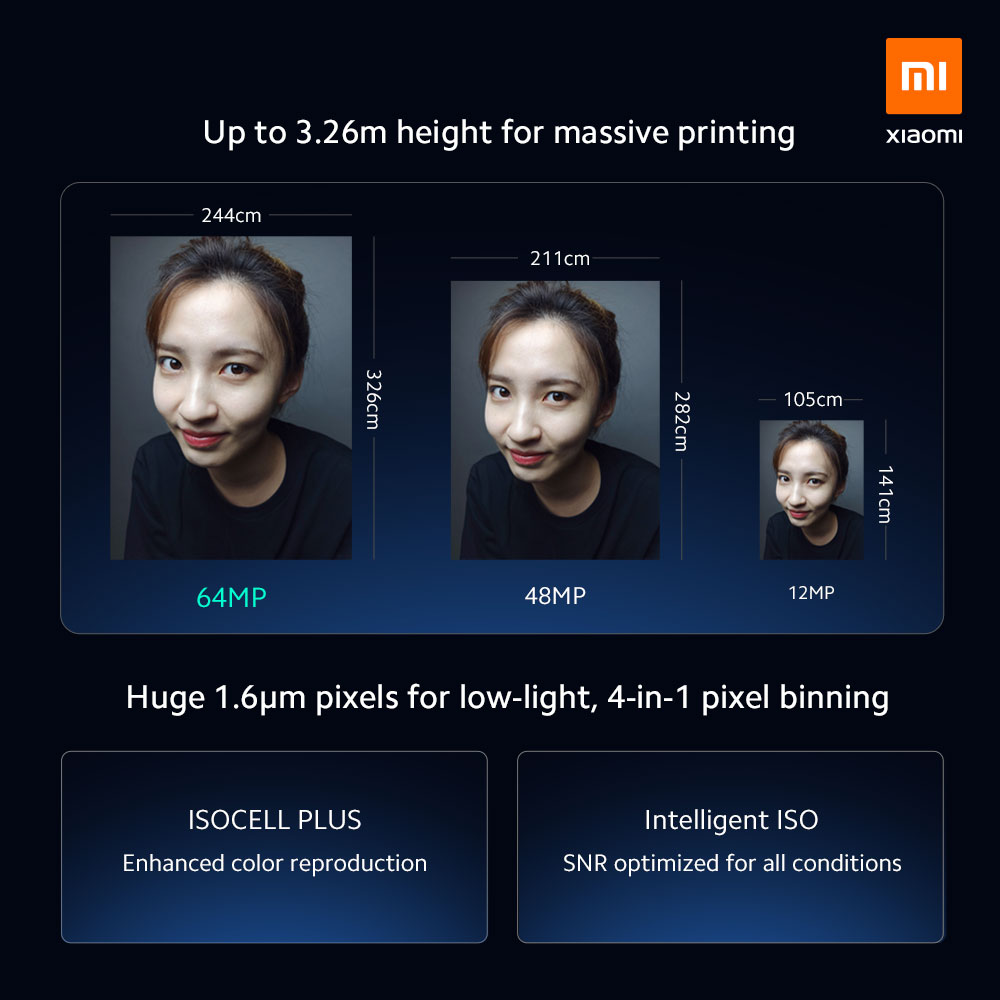 Filmmakers are also not forgotten, and the new sensor brings something for them, according to Samsung. The company says that “for advanced filming, the HMX supports video recording without losses in field-of-view at resolutions up to 6K (6016 x 3384) 30-frames-per-second (fps). While the complete list of specifications will only be available when Xiaomi announces its 108MP smartphone, videographers who use mobile devices will probably want to keep an eye on the news coming from both companies.
Filmmakers are also not forgotten, and the new sensor brings something for them, according to Samsung. The company says that “for advanced filming, the HMX supports video recording without losses in field-of-view at resolutions up to 6K (6016 x 3384) 30-frames-per-second (fps). While the complete list of specifications will only be available when Xiaomi announces its 108MP smartphone, videographers who use mobile devices will probably want to keep an eye on the news coming from both companies.
“For ISOCELL Bright HMX, Xiaomi and Samsung have worked closely together from the early conceptual stage to production that has resulted in a groundbreaking 108Mp image sensor. We are very pleased that picture resolutions previously available only in a few top-tier DSLR cameras can now be designed into smartphones,” said Lin Bin, co-founder and president of Xiaomi. “As we continue our partnership, we anticipate bringing not only new mobile camera experiences but also a platform through which our users can create unique content.”
A new 1/1.7-inch 64MP image sensor
“Samsung is continuously pushing for innovations in pixel and logic technologies to engineer our ISOCELL image sensors to capture the world as close to how our eyes perceive them,” said Yongin Park, executive vice president of sensor business at Samsung Electronics. “Through close collaboration with Xiaomi, ISOCELL Bright HMX is the first mobile image sensor to pack over 100 million pixels and delivers unparalleled color reproduction and stunning detail with advanced Tetracell and ISOCELL Plus technology.”
Before the 108MP image sensor makes it to the market, though, a Xiaomi Redmi smartphone will be launched, with the also new ultra-high resolution 64MP camera technology. The 64MP Samsung ISOCELL GW1 sensor has high resolving power and uses a remosaic algorithm to produce ultra-clear 64MP shots in bright conditions. With the pixel-merging Tetracell technology, GW1 also delivers bright 16MP images under low-light conditions. Even when the print resolution is 72dpi, it is able to print a large, high quality poster up to 3.26 meters in height. The 1/1.7-inch image sensor is one of the largest so far on the market, ringing in 34% larger than the standard 48MP smartphone cameras seen on typical flagship devices.
Samsung, Fujifilm and now Xiaomi
Samsung’s GW1 sensor also adopts ISOCELL Plus technology, which replaces the original metal barrier formed over photodiodes with an innovative new material, minimizing optical loss and light reflection. It’s also equipped with a Dual Conversion Gain (DCG) technology, which converts light into an electric signal based on the ambient lighting conditions. Hence, under brighter conditions it uses a low ISO, and under dim ones it leverages a high ISO to achieve an optimal signal-to-noise ratio in the resulting photographs.
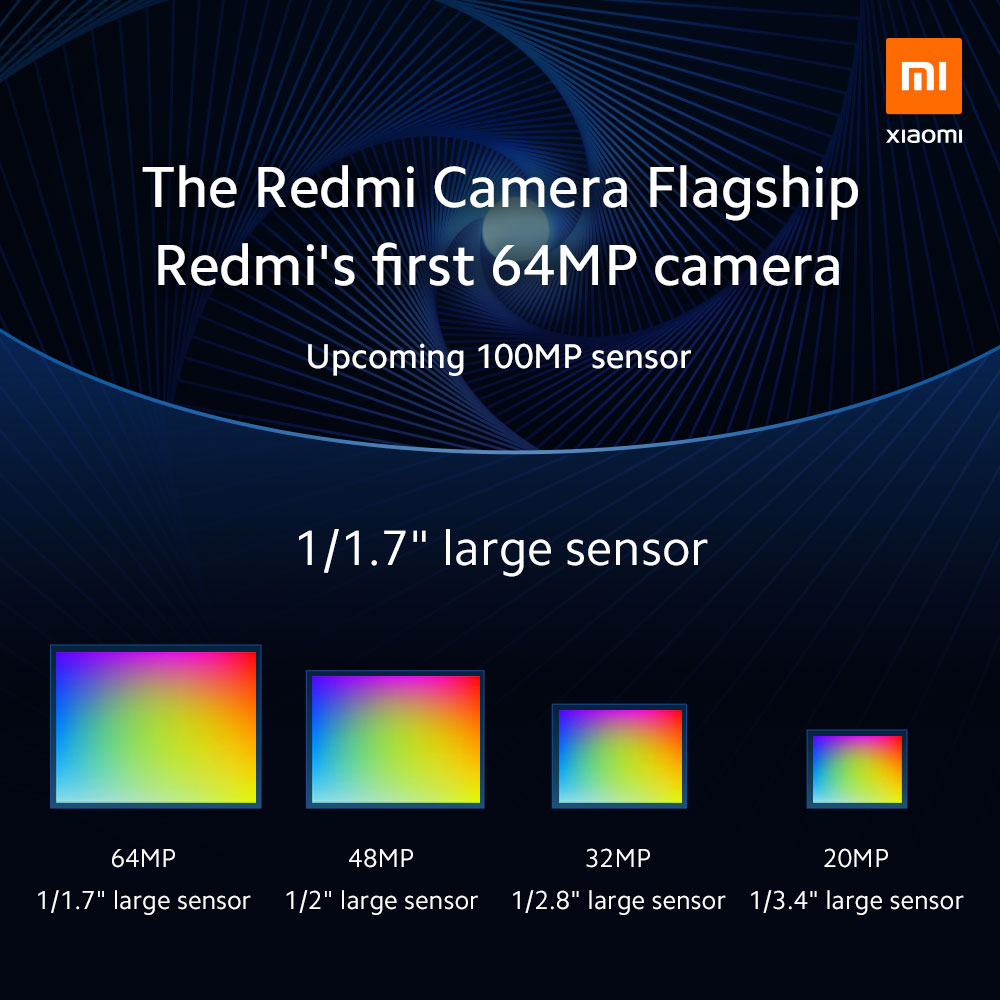 Samsung first announced its ISOCELL technology in 2013, which reduces color-cross talk between pixels by placing a physical barrier, allowing small-sized pixels to achieve higher color fidelity. Based on this technology, Samsung introduced the industry’s first 1.0um-pixel image sensor in 2015 and 0.9-pixel sensor in 2017. In June 2018, Samsung introduced an upgraded pixel isolation technology, the ISOCELL Plus.
Samsung first announced its ISOCELL technology in 2013, which reduces color-cross talk between pixels by placing a physical barrier, allowing small-sized pixels to achieve higher color fidelity. Based on this technology, Samsung introduced the industry’s first 1.0um-pixel image sensor in 2015 and 0.9-pixel sensor in 2017. In June 2018, Samsung introduced an upgraded pixel isolation technology, the ISOCELL Plus.
ProVideo Coaliton published, back in 2018, a long article about the evolution of this technology from Samsung, stating then that “Samsung’s ISOCELL sensors can record slow motion video at 960fps, reduce the ‘jello-effect,’ capture real-time HDR and have Dual Pixel autofocus”. The technology was developed with help from Fujifilm, and now with Xiaomi, apparently Samsung’s new partner.
Mass production for Samsung ISOCELL Bright HMX will begin later this month, says the company. Xiaomi has not yet announced when it will release the new ultra-high megapixel smartphones.

Filmtools
Filmmakers go-to destination for pre-production, production & post production equipment!
Shop Now